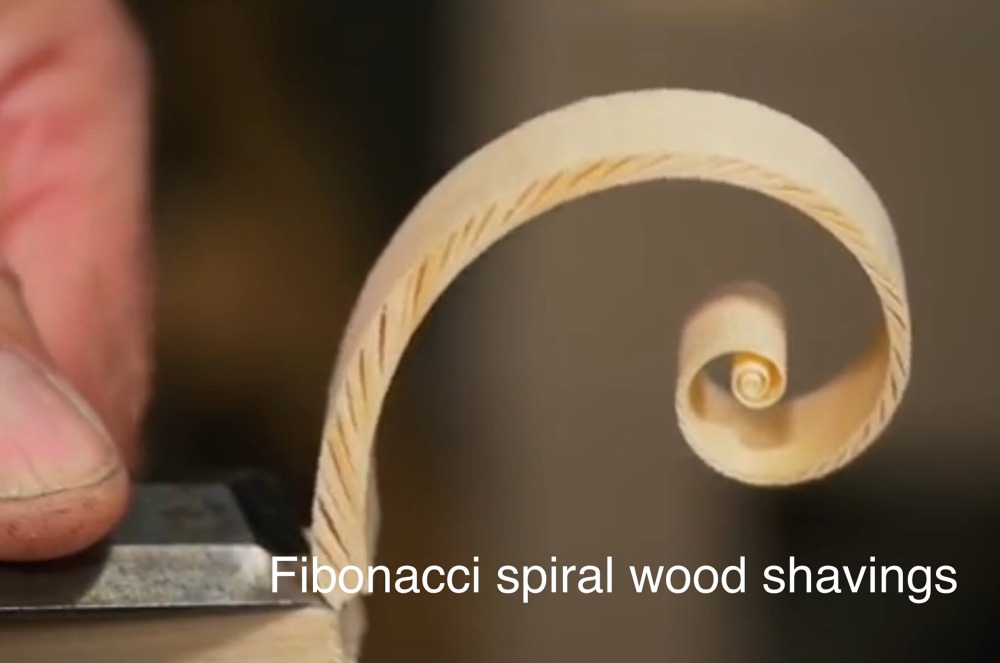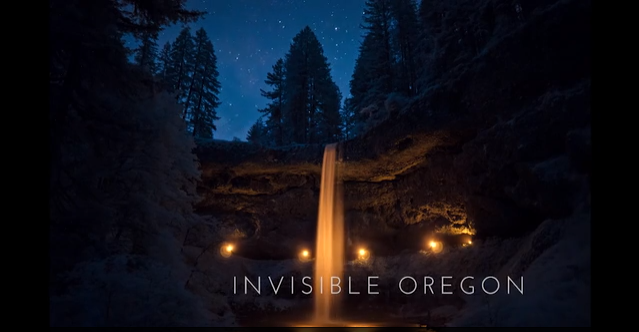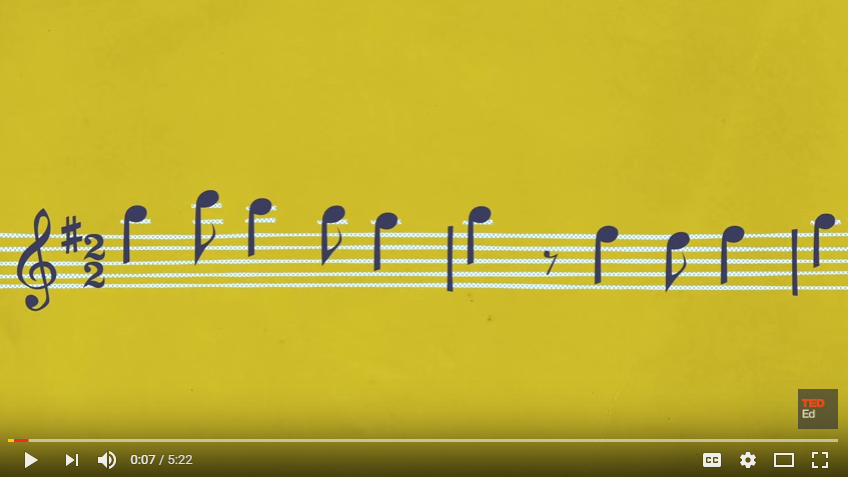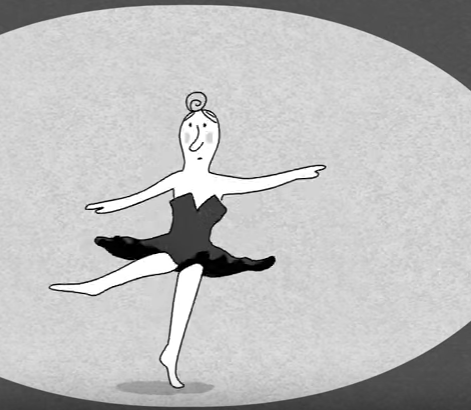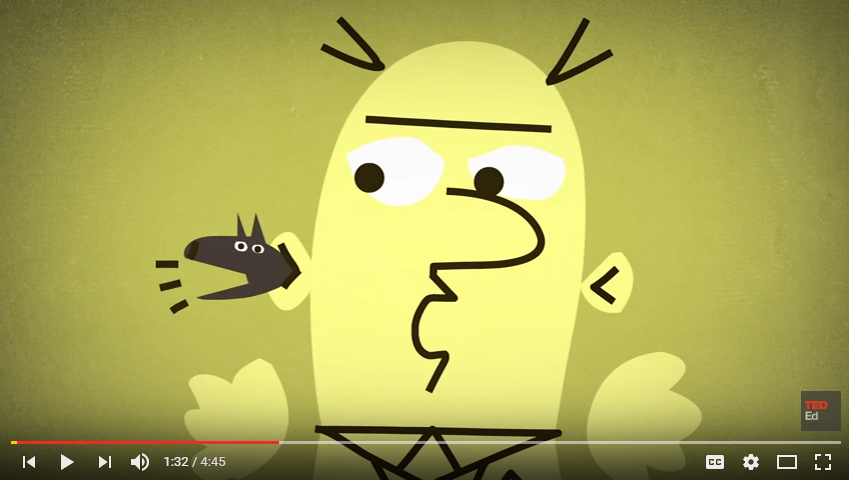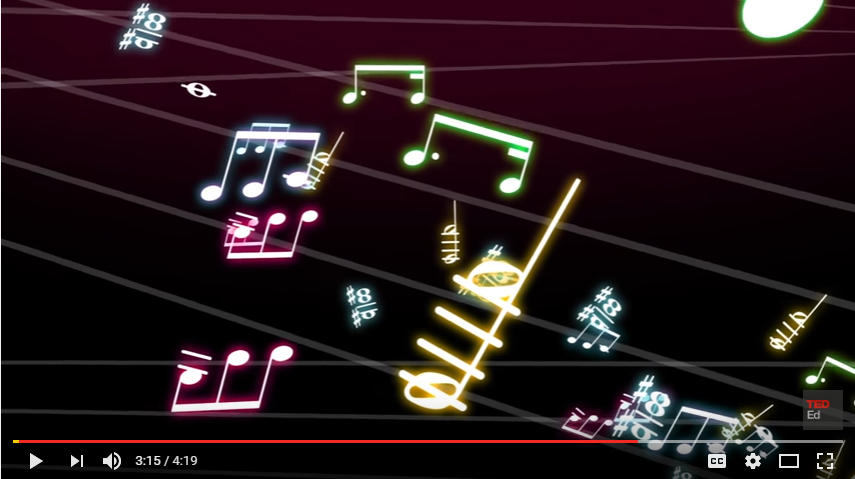 Starry skies swirl and reel above Oregon. Each frame is an independent star trail photograph, and most of these clips represent an entire night of shooting somewhere across the state of Oregon. In a few clips, motion control panning leads to otherworldly patterns. No artificial effects; just stacking. Only one DSLR shutter was blown to make this film.
Starry skies swirl and reel above Oregon. Each frame is an independent star trail photograph, and most of these clips represent an entire night of shooting somewhere across the state of Oregon. In a few clips, motion control panning leads to otherworldly patterns. No artificial effects; just stacking. Only one DSLR shutter was blown to make this film.
Film by Tyler Hulett: discoveroregon.org/
